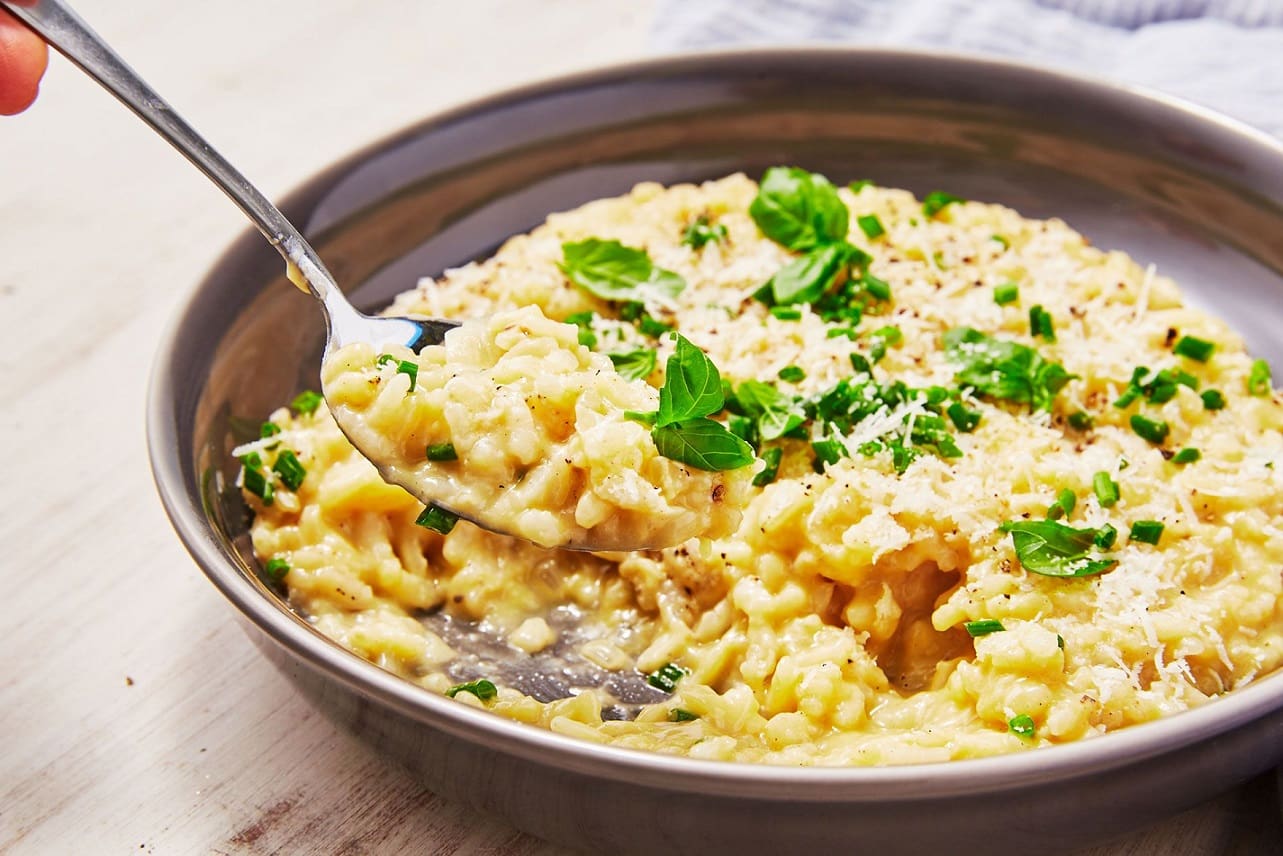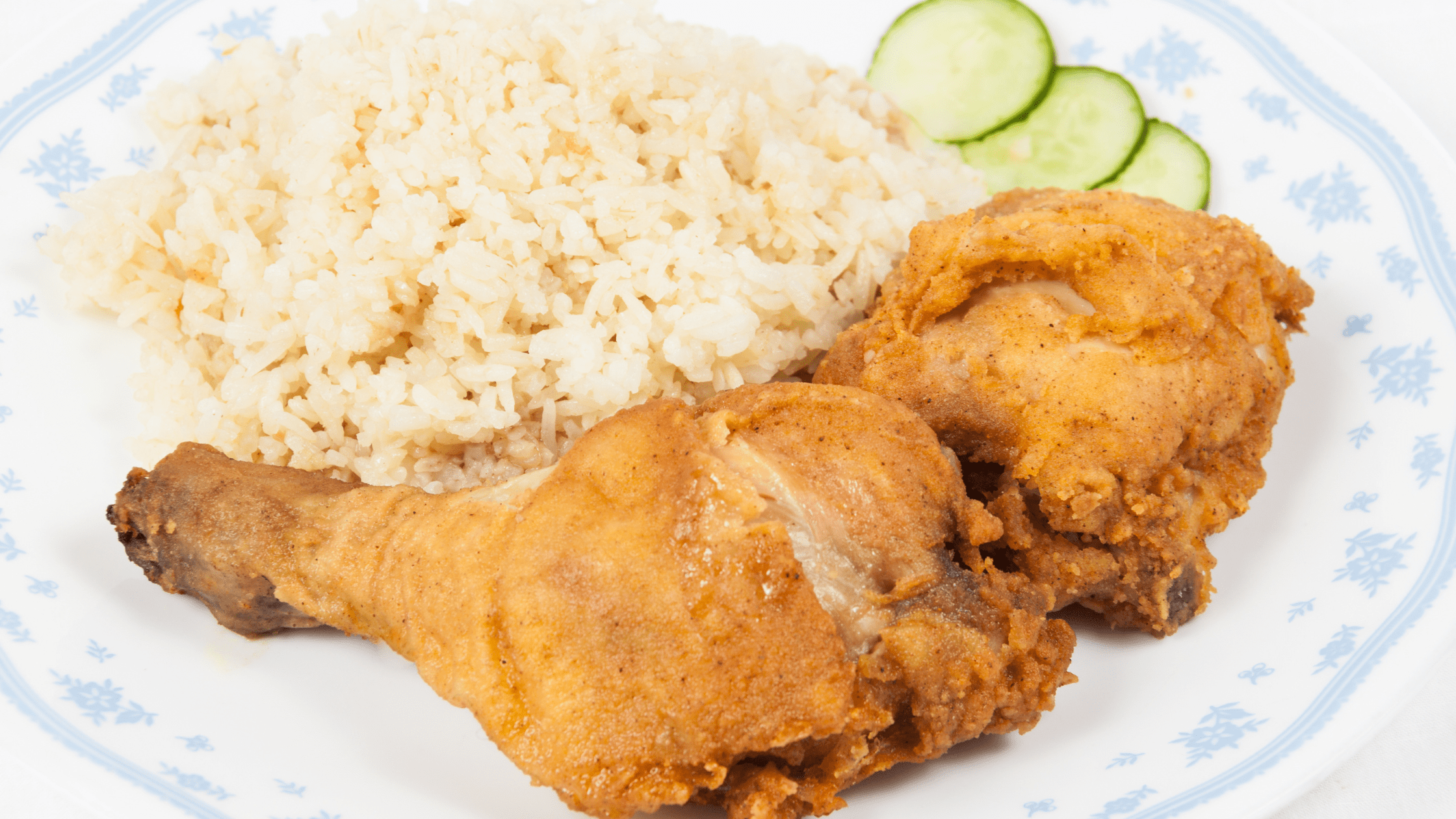Introduction
Basmati is a traditional rice dish made with long-grain white rice, while Jasmine is traditionally a sweet steamed fragrant long-grain white rice variety. The debate comes down to which one tastes better and why.
If you’re looking for the flavor of Basmati, then you may love it. However, the texture is not as satisfying as that of Jasmine, so you may find yourself craving it more quickly. Depending on your preference in taste and texture, your decision will be easy or difficult to make.
There are many types of rice, and deciding which is best for you can be challenging. This blog post will compare basmati rice and jasmine rice to help you make the best decision for your needs. Both rice types have unique benefits and drawbacks, so it’s essential to understand them before purchasing. We’ll go over everything from taste to nutrition to help you make the right choice for your family.
The History Of Basmati And Jasmine Rice
Farmers first discovered Basmati and Jasmine rice in the nineteenth century, but it wasn’t until the early 1990s that they were both commercially made. At that time, they were thought to be different types of rice.
Only after being able to test them with a heat-sensitive dye did researchers discover they were two different varieties of the same type of rice, basmati rice. Before this discovery, no one had recognized basmati and jasmine as two different varieties.
Basmati and Jasmine have different origins, but they are grown in the same region of India by farmers with very similar selection criteria for their rice. On the other hand, basmati is grown in Pakistan and Sri Lanka, while jasmine is grown in Thailand.
How To Cook Each Type Of Rice
Basmati and Jasmine rice have a distinctive taste and texture that some may love and others may not. Cooking each type of rice requires certain adjustments to get the best surface.
Basmati Rice
The cooking time for Basmati rice will depend on the age of the rice when it is first cooked and how dry it is.
It is possible to adjust the cooking time for Basmati rice for each strain of rice. Starting with the unopened package, place one cup of water in a large saucepan and bring to a boil. When boiling, reclose the box tightly as it will expand during cooking. This will help prevent air from entering while cooking and make it easier to drain later.
Depending on the density of your pack, you may need to add more water and stir every few minutes during this step. It is essential that your water remains at a steady boil and does not come to a rolling boil. You may need to adjust your heat to maintain this level of cooking.
After 20 minutes of boiling, drain the hot water, but do not throw it away as you can reuse it for other purposes. Use fresh hot water for the next step and place one cup of rice into a saucepan with a tight lid and bring to a boil as before.
Jasmine Rice
Jasmine rice does not need to be rinsed before cooking; it simply needs to be washed.
Follow these steps for the directions outlined above for Basmati rice, but do not add any water. After 20 minutes, drain the hot water and discard it. Then, rinse your jasmine rice using fresh hot water, which is used for the next steps, and bring it to a boil as before.
To prepare your jasmine rice for eating, you have three choices: uncooked (for people who prefer a crunchy texture), cooked with cooking liquid (this is preferable when serving with the main dish), or steamed (this will produce steam better than boiling).
The Nutritional Benefits Of Basmati And Jasmine Rice
1. Basmati and Jasmine rice are both rich in potassium, an essential mineral that helps our blood to operate normally. Potassium is needed to regulate blood pressure and maintain normal heart rhythms.
2. Basmati rice is also rich in thiamine (vitamin B1), essential for producing energy within the body.
3. Basmati rice contains zinc, an essential nutrient used for building cells and creating hormones, as well as other immune system-related functions. Zinc helps with cell division and basic growth processes, so it’s essential for growing children and pregnant women who need a boost of energy to support the progress of the mother and the unborn baby.
4. Rice is also rich in magnesium and linoleic acid, which have been linked to helping with asthma and atherosclerosis. On the other hand, basmati rice is said to be superior to jasmine in terms of the amount of magnesium it contains.
5. Basmati and Jasmine rice are both excellent sources of selenium, which works as an antioxidant by helping to protect cells from damage. Selenium also helps your body to make certain hormones that help prevent cancer and regulate thyroid function.
6. Both Basmati and Jasmine rice contain thiamin, or vitamin B1, essential for body energy production, such as digestion, sensory perception, and muscle movement.
Which Rice Is Better For You – Basmati Or Jasmine?
If you love the taste of Basmati rice, but want to increase your magnesium intake and are looking for rice with a slightly longer cooking time, then jasmine may be your choice. However, if you prefer the taste of Jasmine rice but are looking for a more significant boost of vitamin B1, then you may be able to find basmati rice that contains more thiamine.
On the other hand, if you usually purchase basmati rice online and experience different results when cooking than those described above – and don’t want to sacrifice the flavor – then buying both varieties is perfectly acceptable.
The Taste Test – Who Won The Great Rice Debate?
We tasted, smelled, and sipped to determine who won the Great Rice Debate! We found basmati rice to be the mildest flavor, while jasmine rice tasted sweeter and had a more pungent aroma. The rice sat together quite nicely, and while they were both crunchy and fluffy, the basmati rice was more crunchy than the jasmine. When we sipped the rice, we preferred basmati which tasted slightly nutty with a mild aroma, sweet and even buttery. Jasmine had a mellow taste and was nutty and sweet but not as buttery.
Conclusion
Both varieties of long-grain rice have their unique nutty flavor, which comes down to personal preference. Where do you stand in the Great Rice Debate?
You’d probably get two different answers if you asked two chefs which rice they prefer; however if we had to choose a winner for the most popular variety of rice worldwide and explain why, then jasmine would be our choice.
One of the main reasons for choosing jasmine over basmati is its versatility; it’s used in a broader variety of dishes than basmati and is also a favorite among chefs who simply love experimenting and developing new recipes.


